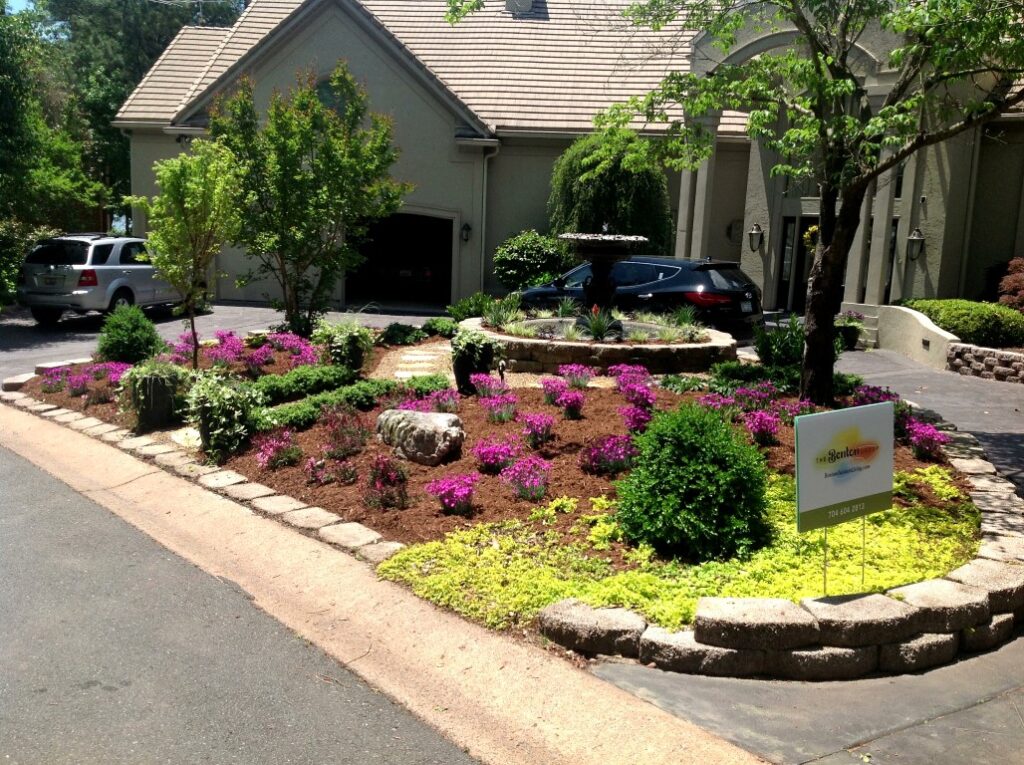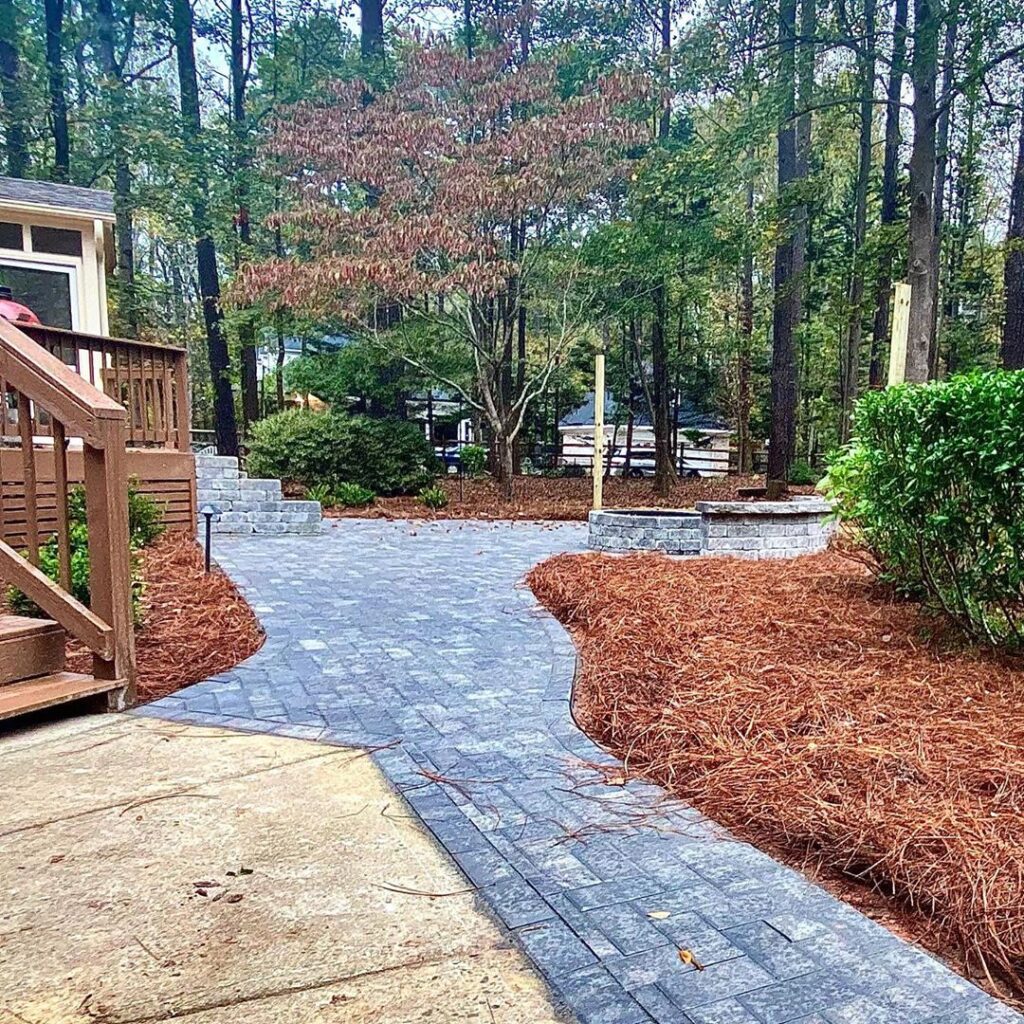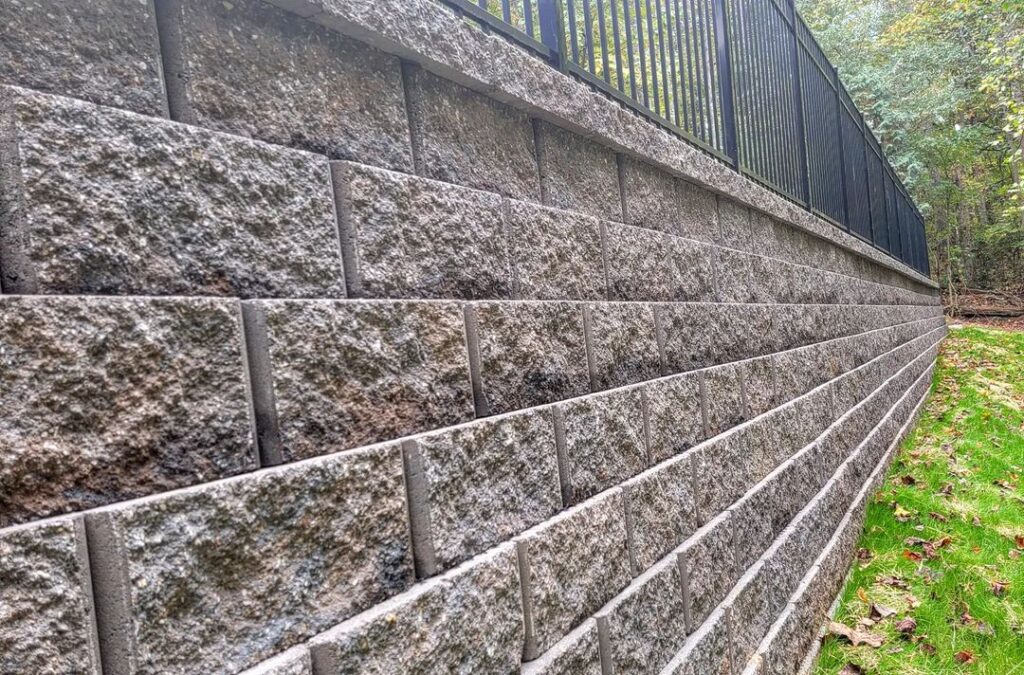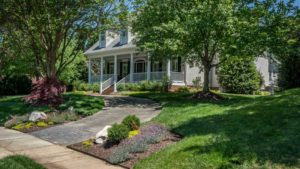Landscapes come in many different shapes and sizes. Some people have just a small space in the backyard to work with, while others have acres. Some companies will try to sell everyone the same landscape design, while those with a little more imagination can help you use your imagination to create the landscape that makes the most sense for your home. Here are some things that will help you with your landscape design choices.
Incorporate the 7 Principles of Landscape Design
The principles of landscape design are not hard and fast rules. They are guidelines to work with to help develop the best plan. You don’t have to understand all these when you are working with a professional designer, but it helps you to understand why they might suggest something or try to talk you out of a particular idea.
- Simplicity
- Variety
- Balance
- Emphasis
- Sequence
- Scale/Proportion
- Unity

Simplicity helps to keep things clean and not overgrown or overdeveloped. Focus on only the most important things to you in creating the design and leave others out. This will help you to create a landscape that is more enjoyable in the long run.
Always use variety in your plantings to create visual interest. Colors and styles of plants should show variety. We’ve all seen the house with a row of arborvitae all around the backyard and nothing else. Mix it up and enjoy the view.
Balance is all about maintaining the way the landscape looks. All the tall plants shouldn’t be on one side and all the short plants on the other. It is a design principle that goes beyond the outdoors, but one that is still important in your landscape.
Just like you might paint an accent wall inside the home a color that stands out, you want to use emphasis on certain plants or features to create a visual focal point. And you can use plants to deemphasize parts of the house that you don’t want to stand out. It works both ways.
You want to layer or sequence plants by size, color, shape in gradual transitions. This can make the whole landscape design look better. And while you are planting, you want to make sure that you don’t plant a tree or bush that is going to dwarf everything else in the landscape. The size it starts out as isn’t the size it will end up in a few years. Make sure you know how big everything is going to get. Scale is important. This also applies to hardscapes and other features. Don’t overwhelm a small space with a huge outdoor fireplace chimney when a fire pit fits the space better.
Finally, everything has to work together. This is unity. All the elements should work to create one cohesive space that feels like a great place to hang out and enjoy the outdoors.

5 Key Landscape Design Elements
While the 7 overarching principles are great, there are also elements to landscape design that help you achieve those principles. These are mass, form, line, texture and color.
When you think of the word mass from science class, it means size. How much space does this take up? In landscapes, you want to create balance with the mass in your landscapes. You want to control the amount of open space and plants or hardscape elements in the space so that they balance with each other. Groups of plants create a mass, which should be balanced with an area that is open.
Form is all about shapes. There are squares, rectangles, circles, triangles and irregular shapes that can be utilized in a landscape. Rectangular forms like driveways, sidewalks, porches and many patios help create formal areas. These are similar to rooms in a house, which are almost always rectangular in nature. Circles are softer, which is why a lot of people enjoy a circular patio sitting area. Irregular shapes are common in planting beds and patio edges and provide a more casual and inviting feel to the space. The shapes you use in your landscape can fit with your personality and help you feel more comfortable spending time in your yard.

Line is formal way to describe the way you look through the landscape. Like shapes, straight lines are more formal and curved lines less so. But it goes beyond that, it also includes how you look at the plants, walkways and other elements in the landscape.
Texture is mostly applied to plants. When you plan a planting area, you want to make sure that it looks good. Different plants have different types of leaves and different shapes. You want to find ways to put these together so they provide an interesting landscape. Plant textures that contrast can sometimes be the most effective. You don’t want everything to look similar in a planting area, so having different textured leaves or plant structures helps create a nice-looking design.
The other piece of putting plants together is color. Color can be about plant leaves, bark, or flower colors. Sometimes variation is the best solution here as well, but you don’t want to have so many different colors that the landscape just looks like a mess.
You Don’t Need to be an Expert
It certainly doesn’t hurt to become better educated about landscaping design as you plan your outdoor space. Read our Landscaping Guide to help answer more of your questions. But don’t expect to learn everything before you start your project. You can spend hours cobbling together ideas, but at the end of the day, you don’t need to be an expert on landscape design. You just need to hire one. Professional landscapers have the knowledge and experience to know what will work together well and fit the space you are working with. And of course, here’s another piece of advice…rules in landscaping design are just guidance to making sure things come out looking great. You don’t end up in jail or paying a ticket if you cheat the landscaping rules a bit for whatever reason. Sometimes, you just want something a certain way and that is ok. No backyard we’ve worked in ends up looking just like any other, even when they are in the same neighborhood. There is always room for individual taste, you just need to communicate specific desires at the start of the process. That makes it easier to create a cohesive plan that includes what you want, whether that is a certain type of tree or square shapes instead of circles.

